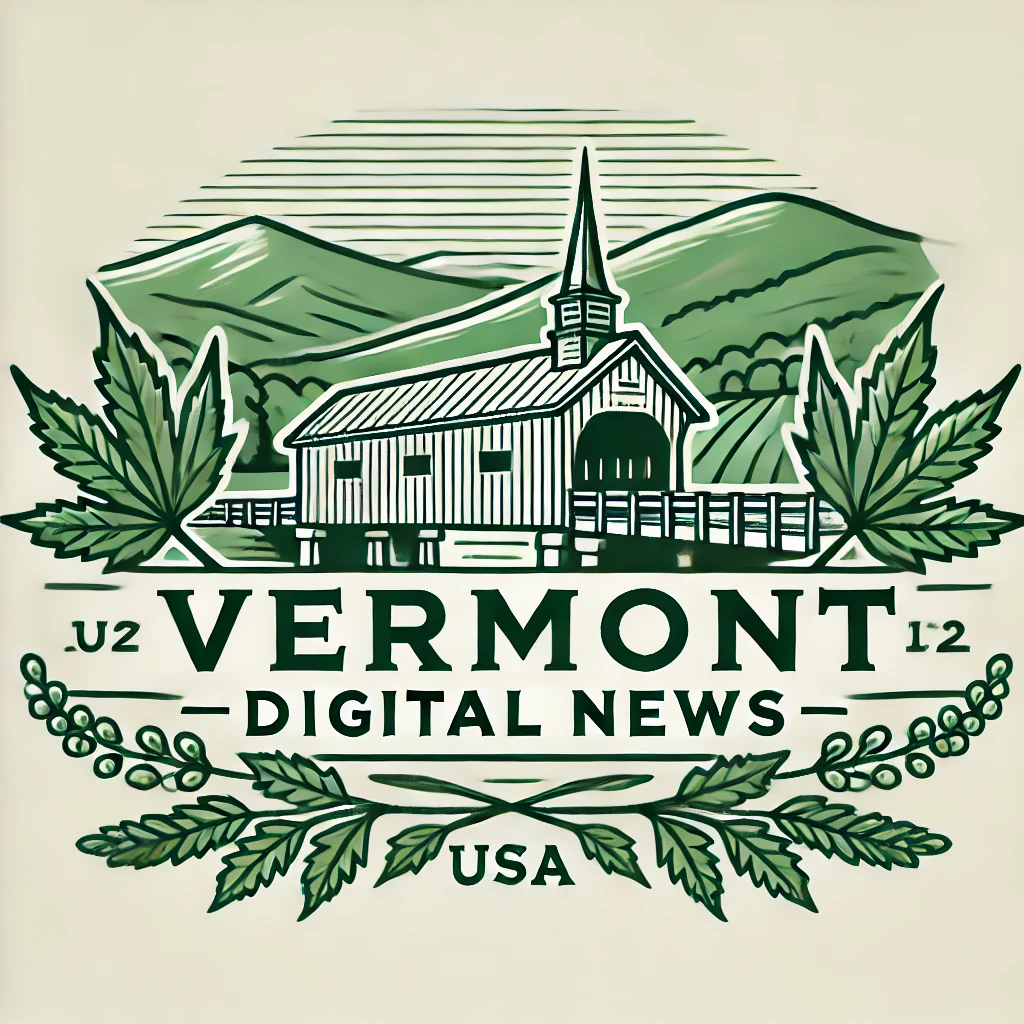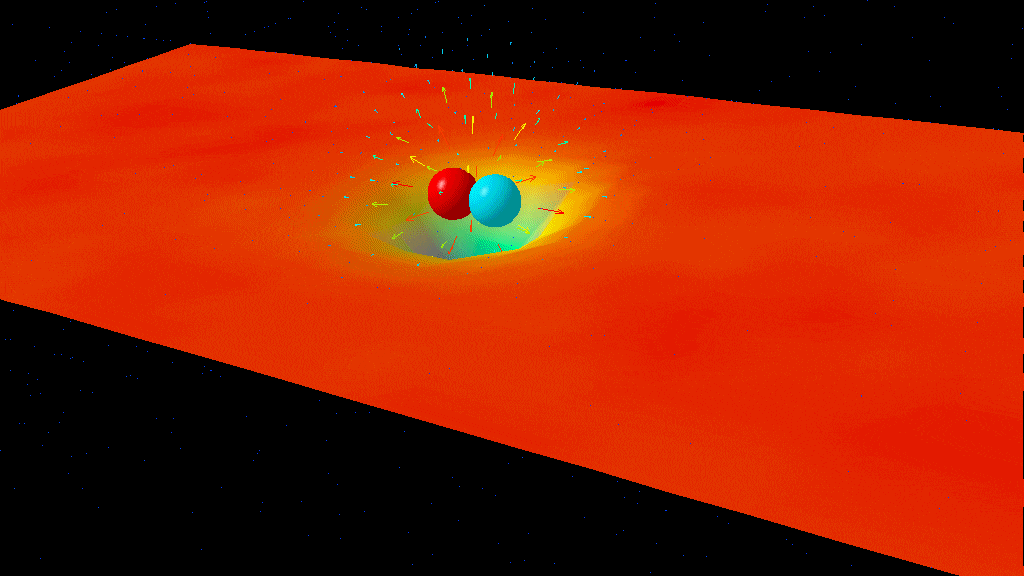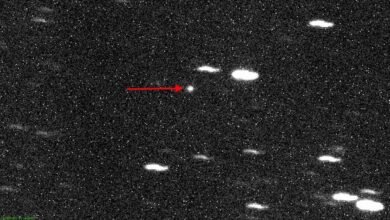Just one exo-Earth pixel can reveal continents, oceans, and more | by Ethan Siegel | Starts With A Bang! | Apr, 2025

Even from a single pixel, multiwavelength data taken over time can reveal clouds, icecaps, oceans, continents, and even signs of life.
Over the past 35 years, a tremendous transformation has occurred in astronomy. Back in 1990, there wasn’t a single planet known outside of our own Solar System. Exoplanets had been claimed previously, but all were found to be mere mirages: artifacts of false signals hiding in insufficiently precise data. Today, in 2025, we’re closing in on 6000 confirmed exoplanets, with the majority discovered either by transiting in front of their parent stars or by the planet’s gravitational effect causing the star to “wobble” in a detectable fashion. However, a third technique — direct imaging — has also successfully found exoplanets, so long as they’re bright enough and separated by a great enough distance from their parent star.
As our telescope technology improves, however, we’re likely to enter a new era in the coming years and decades: an era where we’ll be able to directly image Earth-sized planets at Earth-like orbital distances around Sun-like stars. These exo-Earths are some of the best candidates for inhabited planets out there, as with such similar conditions to Earth, a planet that we know isn’t just inhabited, but has been teeming with life for nearly all of its history — and with complex, differentiated life for more than half a billion years — some, many, or maybe even nearly all of them will have life on them as well.
With that new generation of telescopes, we won’t just be able to image these planets, but to construct coarse maps of them as well. Here’s how that’s possible.
In order to directly image an Earth-sized planet at an Earth-like distance around a Sun-like star, we need superior telescope technology to what’s available today. Even with the world’s largest ground-based or space-based telescopes, we can only directly image giant planets that are sufficiently separated from their parent stars. Unless these planets are at extreme separations…




